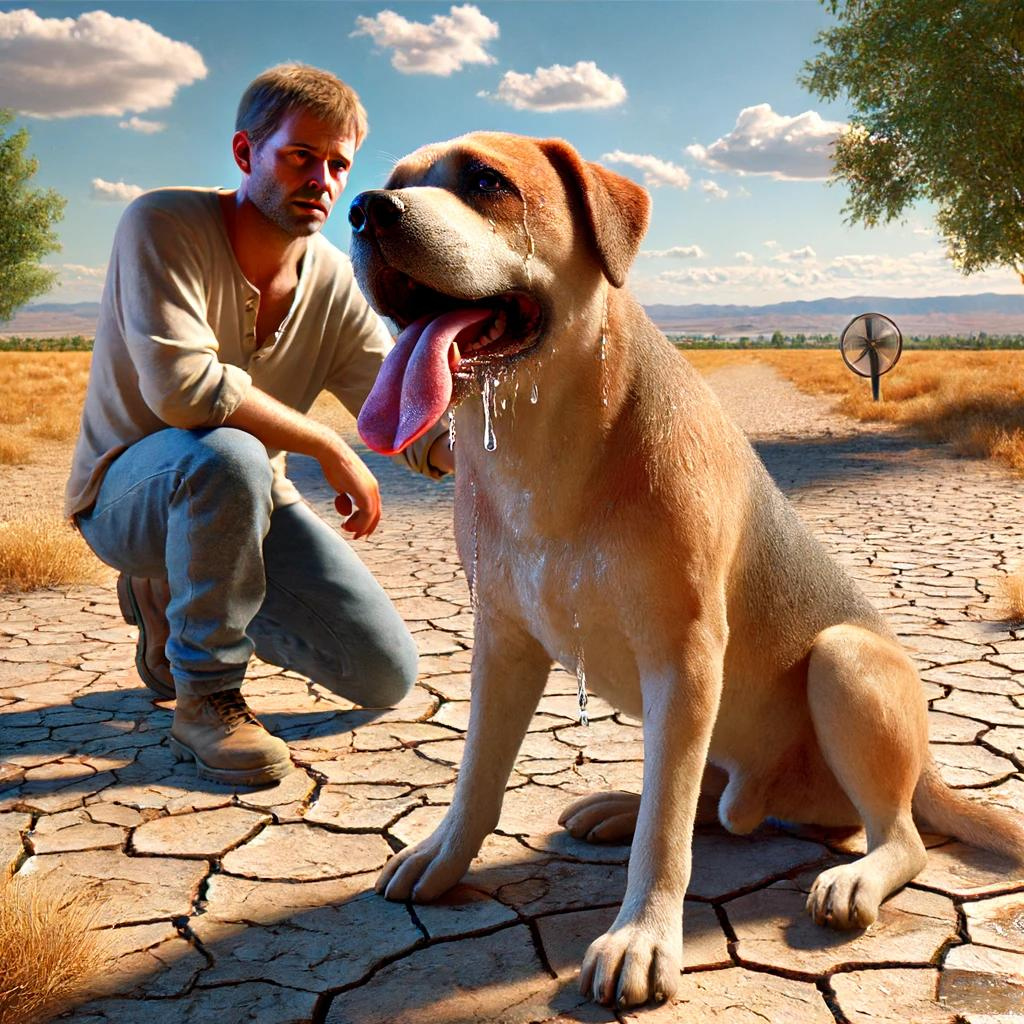Recognizing the Warning Signs of Heatstroke in Dogs
As dog owners, we all love spending time outdoors with our furry friends, especially during the warm summer months. However, it’s crucial to remember that our canine companions can be just as susceptible to heatstroke as we are, if not more so. Recognizing the warning signs of heatstroke in dogs can be a literal lifesaver, allowing you to take swift action and prevent a potentially fatal situation.
Heatstroke, also known as hyperthermia, occurs when a dog’s body temperature rises above the normal range of 101 to 102.5 degrees Fahrenheit. This can happen quickly on hot days, especially if your dog is left in a car, is exercising strenuously, or doesn’t have access to shade or water.
One of the first signs of heatstroke in dogs is excessive panting.
While it’s normal for dogs to pant after exercise or in warm weather, excessive panting can be a sign that your dog is struggling to cool down. This panting may be accompanied by drooling, which can be another early warning sign.
As heatstroke progresses, your dog may start to show signs of distress. They may seem anxious or restless, and they may have difficulty standing or walking. Their gums may become bright red, and their pulse may be rapid and strong.
In severe cases, your dog may start to vomit or have diarrhea, which can be bloody. They may also become lethargic and unresponsive, and they may have seizures. These are all signs that your dog’s body is shutting down due to the extreme heat, and immediate veterinary attention is needed.
It’s important to note that some dogs are more susceptible to heatstroke than others. Brachycephalic breeds, like Bulldogs and Pugs, have shorter noses and can struggle to cool down effectively. Older dogs, overweight dogs, and dogs with thick coats are also at higher risk.
If you notice any of these signs of heatstroke in your dog, it’s important to act quickly.
Move your dog to a cooler area immediately, and offer them small amounts of water to drink. You can also use cool (not cold) water to help lower their body temperature. However, it’s crucial not to cool them down too quickly, as this can cause other complications.
Once you’ve taken these initial steps, get your dog to a vet as soon as possible. Even if your dog seems to be recovering, heatstroke can cause internal damage that isn’t immediately apparent. Your vet can perform tests to assess your dog’s condition and provide any necessary treatment.
Recognizing the warning signs of heatstroke in dogs is crucial for any dog owner.
By being aware of these signs and knowing how to respond, you can help keep your furry friend safe during the hot summer months. Remember, prevention is always better than cure. Always ensure your dog has access to shade and fresh water, avoid strenuous exercise during the hottest parts of the day, and never leave your dog in a parked car. With these precautions in place, you and your dog can enjoy the summer safely.
